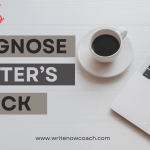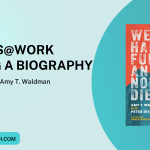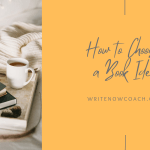Practicing Gratitude
November 22, 2016
Note From Rochelle
Dear Writers,
I’m taking the week off to celebrate Thanksgiving with my family. I’ll be back in the office on Monday, November 28th.
And in honor of the American Thanksgiving, I have a post for you on using writing to practice gratitude. Enjoy!
Happy Writing!
Rochelle,
The Write Now! Coach
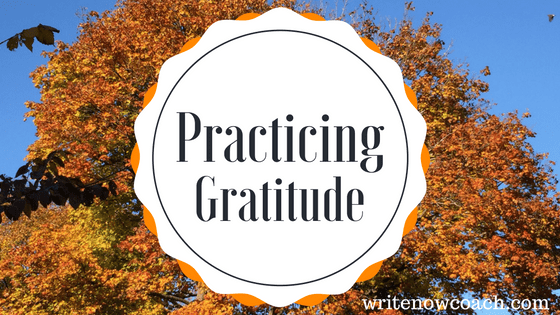
Practicing Gratitude
by Rochelle Melander
If you want to find happiness, find gratitude. —Steve Maraboli
We’re living in tumultuous times. When I’m feeling anxious—as so many of us are—I need guideposts to hold onto: practices that ground me in the present moment. These include exercise, meditation, and writing. Practicing gratitude helps, too. And there’s good reason for that!
According to research by Robert A. Emmons and his colleague Professor Mike McCullough, gratitude journaling can help us feel better. In one study, the participants kept a journal and were asked to write a sentence a week for ten weeks. The first group described five things they were grateful for. The second group described five hassles. The neutral group simply listed five things that had affected them in the past week. After ten weeks, the gratitude group was 25% happier than the other participants. In addition, the gratitude group:
*felt better about their lives
*were more optimistic about the future
*reported fewer health complaints
*spent more time exercising (1.5 hours more per week)
(Emmons, Thanks: How the New Science of Gratitude Can Make You Happier, p. 30)
With the American Thanksgiving coming up this week (Eek! I need find the dining room table under my stacks of books and unopened mail), it seems like the perfect time to try out the science of being grateful.
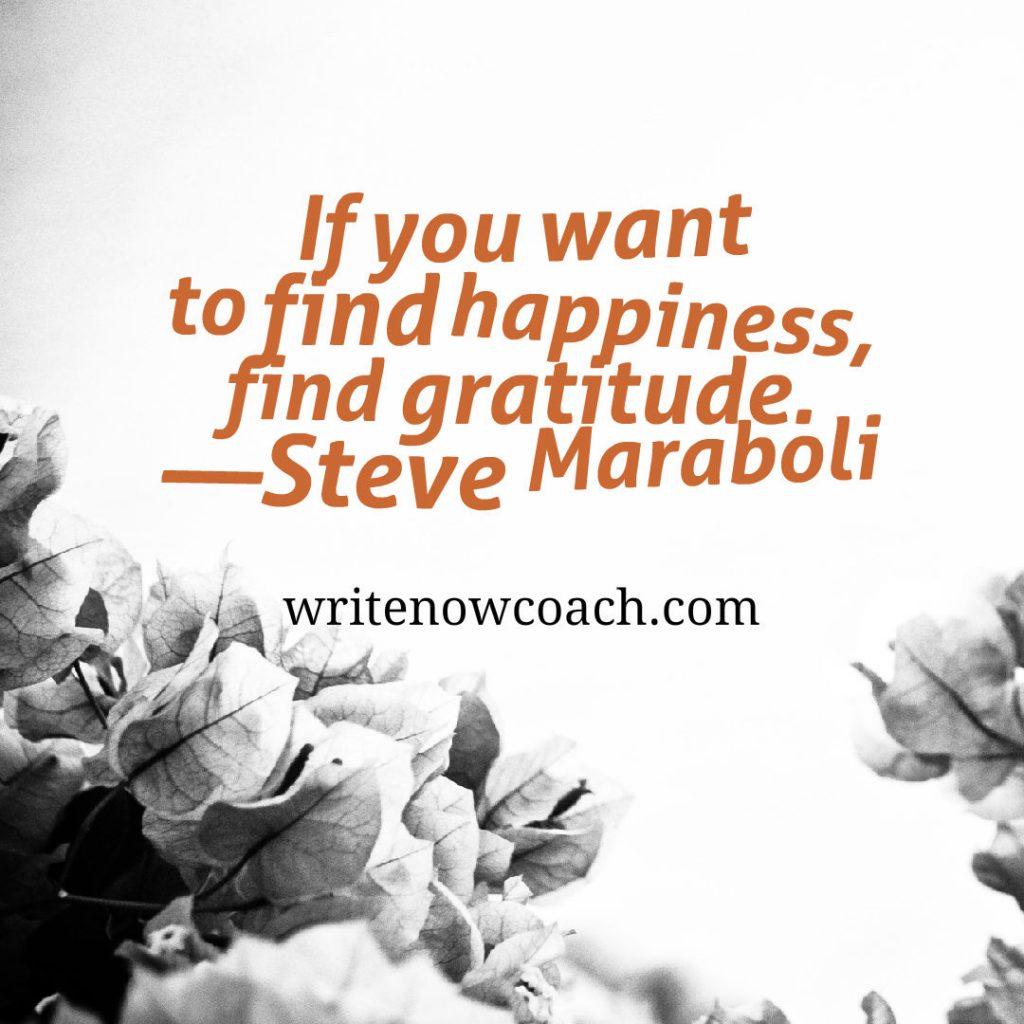
Here’s how to use writing and art to practice gratitude:
Mind Map Gratitude
Using a mind map, writers can visually organize ideas and information. Draw a circle in the center of a large blank sheet of paper and record your central theme. For this exercise, you’d write gratitude. Then draw spokes out from the center and add more circles. These circles might contain gratitude categories like family, friends, and creature comforts. From there, add more lines and write down the specific people and items you are thankful for. Use lots of markers, crayons, or colored pencils to make your mind map vibrant and fun.
Collage Gratitude
Cut out or find photos, images, and found objects that represent what you are grateful for. Assemble them into a collage and glue! If you don’t like playing with glue, pin items onto a bulletin board or stack them on a special gratitude shelf.
Write it down!
Once you’ve finished your gratitude mind map or collage, take your ideas and shape them into:
*A Gratitude Haiku.
*Thank you cards.
*A Field Guide to Gratitude.
Your turn: How have you used writing and art to express gratitude?



